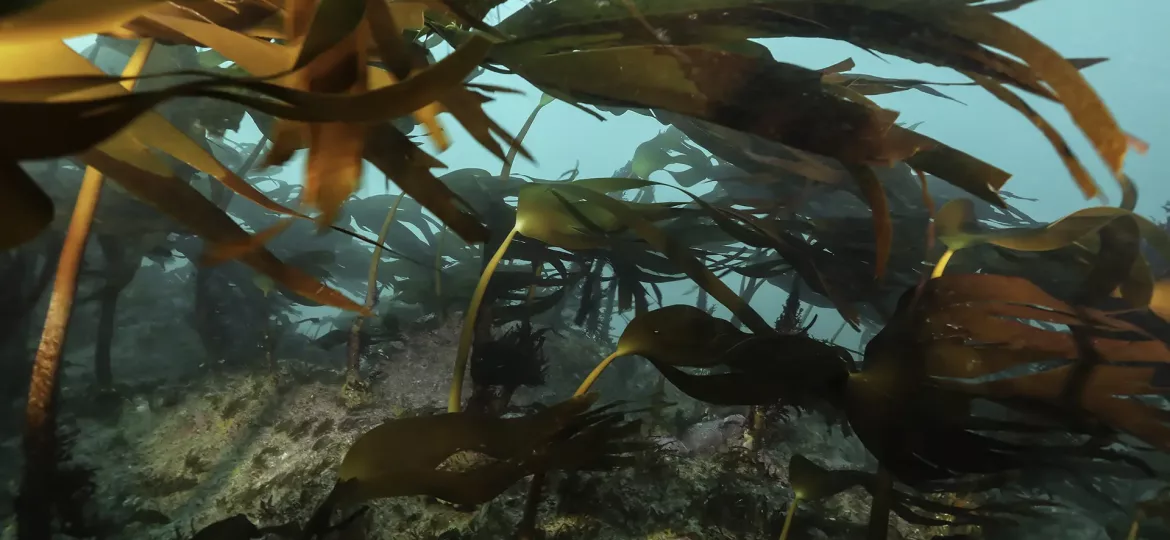
Algae contain fascinating molecules, but in sugar chains that are difficult to break. Some bacteria are able to do this thanks to their enzymes, the identification of which is of interest to the algae processing industries.
Although they can be found clinging to rocks or washed up on beaches, seaweed is a treasure trove. They are in fact mainly made up of long chains of sugars, called polysaccharides, which play a role similar to that of cellulose in plants and trees. Oligosaccharides are fragments of polysaccharides, smaller molecules often with bioactive properties of interest to a wide range of industries: cosmetics, pharmaceuticals, biomedicine and so on.
Among these polysaccharides, alginates, derived from the brown algae that inhabit the coastal ecosystems of temperate and polar regions, are used as thickeners, gelling agents, emulsifiers and stabilizers, to encapsulate medicines, in laundry detergents and to make dental impressions. Brown seaweed’s polysaccharides also include sulfated fucans, whose oligosaccharides have been shown to have antioxidant, anti-infectious, healing and immune-boosting properties. But unlike alginates, these molecules of interest are not extracted on a large scale, and there are no specific enzymes commercially available to produce fucan oligosaccharides. This limits their use by industry, and that’s where Gurvan Michel comes in.


